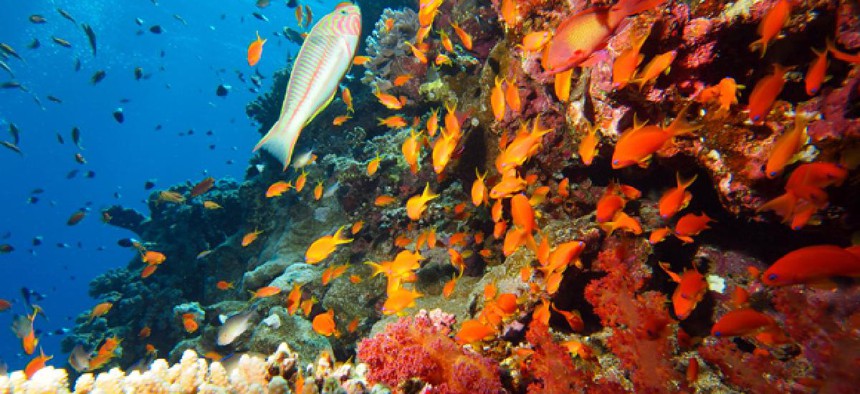DARPA eyes pop-up deep sea sensors

Bjorn Stefanson/Shutterstock.com
Systems could lie dormant on the bottom of the ocean for years until activated.
In a proposal almost as fanciful as the fictional 20,000 Leagues Under the Sea by Jules Verne, the Defense Advanced Research Projects Agency kicked off a research project last Friday to develop sensor systems that could be placed miles below the surface of the ocean and activated when needed by a remote command.
DARPA said it wants to develop a system that can store unmanned sensors such as waterborne or airborne cameras, decoys, network nodes, beacons and jammers, in watertight capsules that can withstand pressure at depths up to six kilometers (3.7 miles) and then be launched to the surface “after years of dormancy.”
Nearly half of the world’s oceans have depths deeper than 4 kilometers (2.5 miles), DARPA said, “which provides a “vast area for concealment of storage” and this concealment “also provides opportunity to surprise maritime targets from below, while its vastness provides opportunity to simultaneously operate across great distance,” DARPA said.
The agency said it envisions the subsystems of its Upward Falling Payloads projects will consist of a sensor payload, a “riser” providing pressure tolerant encapsulation of the payload and a communication system triggering launch of the payload stored on a container with an inner, 4-7/8 inch diameter and a length of 36 inches.
In the first stage of the three-phase project expected to cost no more than $1.75 million, DARPA wants researchers to concentrate on a communications system that avoids “false triggers” of the deep-sea systems and can operate at long distances from the submerged sensors. Proposals for this phase also should detail the design of a capsule and riser system that will work after sitting for years on the seabed, and potential sensor systems for military or humanitarian use.
The second phase of the project calls for the communication system to “wake up” the system on the seabed and launch it, with tests planned the Western Pacific in 2015 and 2016,though tests also could be conducted in the Atlantic or offshore from Hawaii, DARPA said.
In the third phase, planned for 2017, DARPA plans tests of a completely integrated and distributed Upward Falling Payloads system at full depth in the Western Pacific.
Proposals are due March 12 and DARPA expects to make an award in June.
(Image via Bjorn Stefanson/Shutterstock.com)






